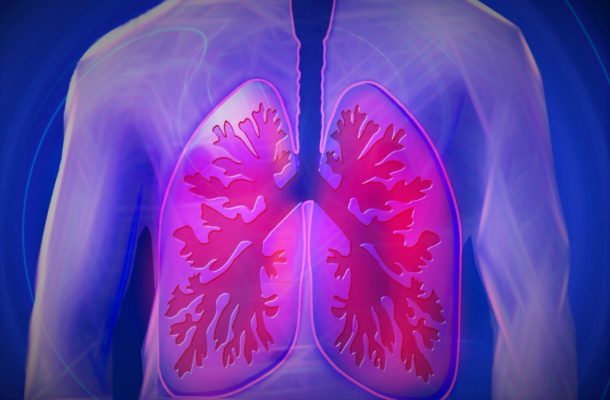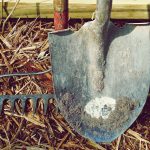Call for action against occupational lung disease

Australia’s peak body for lung health professionals is demanding a national response to the worrying resurgence of work-related lung diseases in Australian industry. The Thoracic Society of Australia and New Zealand (TSANZ) issued an official alert; workers who are regularly exposed to dusts may be at serious risk of developing a lung disease, and workplaces must do more to protect the health of their workers.
The alert comes after the Asian Pacific Society of Respirology (APSR) Congress 2017, where international and national experts discussed the spike of new silicosis cases in relatively young tradespeople across the country. Alarmingly, the TSANZ say silicosis is just one of a number of occupational lung diseases that is making a comeback.
Professor Allan Glanville, the President of TSANZ, said these lung diseases should be a thing of the past, but that poor workplace controls were allowing their resurgence. “This resurgence in occupational lung diseases should have clinicians, tradespeople and industry on alert. These are diseases we thought had almost been eradicated, but thanks to exposure to high levels of dust and poor control measures they’re resurfacing.”
“To make matters worse, the disease progression is much faster than we’ve seen before, and the people affected much younger. We need a national response.”
Pneumoconioses, which include silicosis and coal mine lung dust diseases, are progressive, irreversible and sometimes fatal lung diseases caused by prolonged exposure to crystalline silica, quartz and coal dusts. There is no known treatment or cure, but they can be prevented with proper workplace dust controls.
The Queensland Debacle
Queensland recently committed an additional $21 million to preventing further cases of pneumoconiosis, after the state’s mining industry recorded 25 confirmed case between 2015-17.
The additional funding came in response to a damning Parliamentary report which found “a catastrophic failure, at almost every level of the regulatory system, intended to protect [the] health and safety of coal workers in Queensland”, a dereliction of duty of which every official in the health department should be “ashamed”. The report also slammed the state’s medical professionals and mining firms for 30 years of failure and outlined over 60 recommendations for action to remedy the situation.
While all 68 recommendations of the Coal Workers’ Pneumoconiosis Committee’s ‘Black Lung, White Lies’ report will be ‘supported’ by the State’s government, most will not be implemented before additional consultation has been completed.
Mines Minister Anthony Lynham accepted the committee’s call to set up an independent Mine Safety and Health Authority in Mackay in principle, along with increasing the proportion of unannounced inspections to at least 50%, undertaking health assessments for all coal workers — removing the exception for so-called low risk tasks — and expanding the definition of coal workers to cover train loaders, port crews, and power station workers.
The 54 cases of coal workers’ pneumoconiosis described in Queensland have been described by Associate Professor Deborah Yates, a Respiratory Physician in the Department of Thoracic Medicine at St Vincent’s Hospital in Sydney, as “54 too many” and she warns that “other states are likely to be far from immune from this disease.”
National Action Required
Prof Glanville advocates the creation of a national registry of cases of occupational lung diseases, as well as effective dust control and health surveillance measures. An occupational lung registry would allow early notification of cases and appropriate investigation to prevent other people from being affected, as well as accurate information about the prevalence of these diseases.
“For over a year now we have been calling for consistent, nationwide action to protect workers from lung diseases caused by workplace exposures. Occupational lung diseases are entirely preventable diseases that should not be occurring in modern Australia. But without mandatory reporting, we don’t even know how many people are affected, or where they are.”








